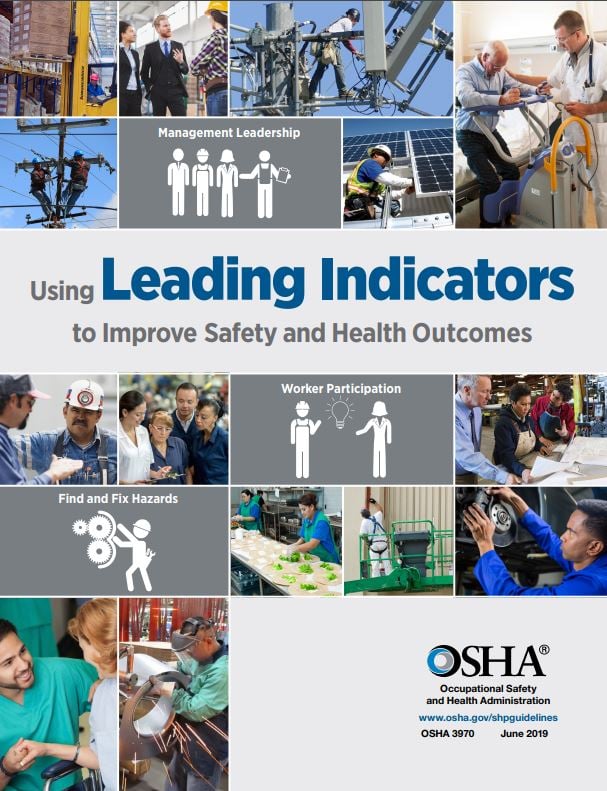
Using Leading Indicators to improve Safety and Health Outcomes
The Occupational Safety and Health Administration (OSHA) reminds us that leading indicators can play a vital role in preventing worker fatalities, injuries, and illnesses and strengthening other safety and health outcomes in the workplace. Leading indicators are proactive and preventive measures that can shed light about the effectiveness of safety and health activities and reveal potential problems in a safety and health program.
Many employers are familiar with lagging indicators. Lagging indicators measure the occurrence and frequency of events that occurred in the past, such as the number or rate of injuries, illnesses, and fatalities. While lagging indicators can alert you to a failure in an area of your safety and health program or to the existence of a hazard, leading indicators are important because they can tell you whether your safety and health activities are effective at preventing incidents. A good safety and health program uses leading indicators to drive change and lagging indicators to measure effectiveness.
Leading indicators are a valuable tool regardless of whether you have a safety or health program, what you have included in your program, or what stage you may be at in your program. OSHA encourages employers to get started today.
Leading indicators can improve organizational performance in a variety of ways. Employers may find that leading indicators can:
- Prevent workplace injuries and illnesses.
- Reduce costs associated with incidents.
- Improve productivity and overall organizational performance.
- Optimize safety and health performance.
- Raise worker participation.









